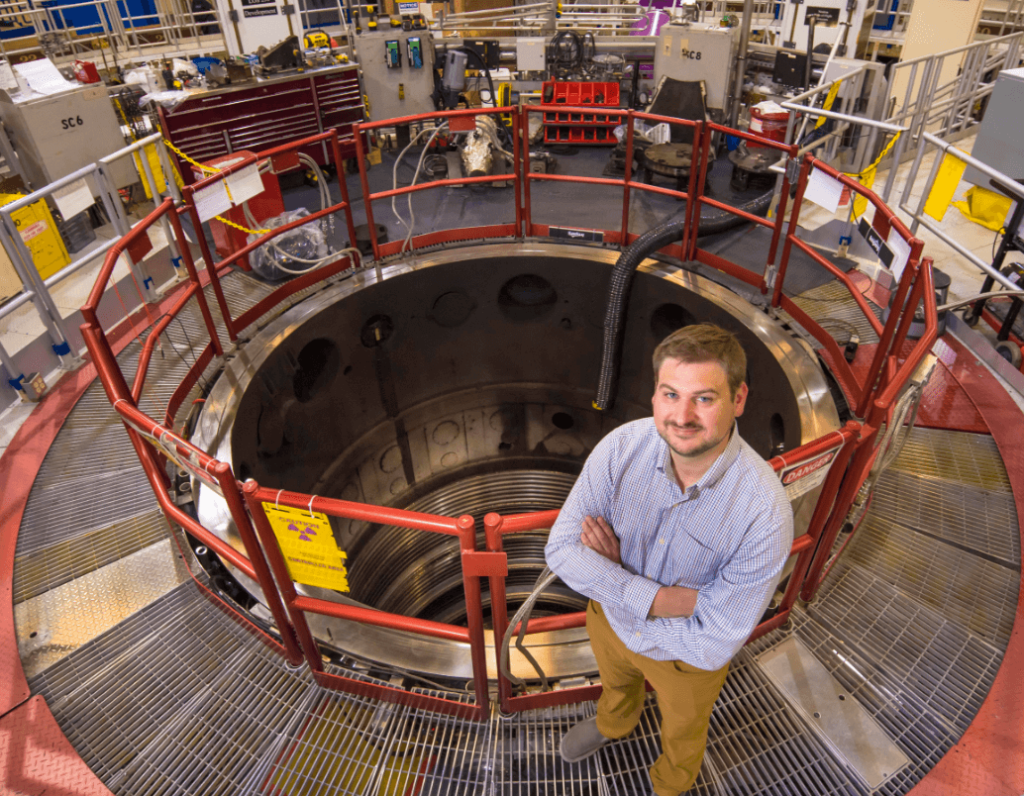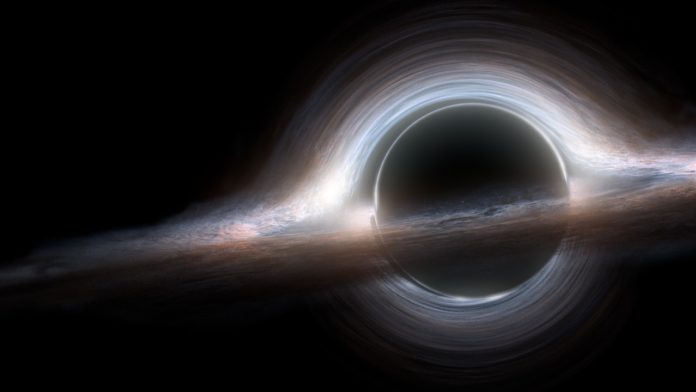A contradiction had been made this week that involves the X-ray spectra of black holes was brought about by experts using the Sandia National Laboratories’ Z machine. This marvelous machine has the ability to duplicate X-rays that surround black holes and is the most energetic laboratory X-ray source out there.
“Of course, emission directly from black holes cannot be observed,” confirmed Guillaume Loisel, lead author of the paper and Sandia researcher. “We see emission from surrounding matter just before it is consumed by the black hole. This surrounding matter is forced into the shape of a disk, called an accretion disk.” Results from the study suggest the models should be revised to be able to effectively interpret emissions from the matter before it’s swallowed up by the black holes.
According to the team’s research, many scientific papers published over the past 20 years will need to be reworked. “Our results challenge models used to infer how fast black holes swallow matter from their companion star. We are optimistic that astrophysicists will implement whatever changes are found to be needed,” Loisel said.
Satellite-based instruments are normally used in which to collect X-ray spectra when studying black holes. One of the co-authors of the study, NASA astrophysicist Tim Kallman, said, “The Sandia experiment is exciting because it’s the closest anyone has ever come to creating an environment that’s a re-creation of what’s going on near a black hole.”
It was around 20 years ago when physicists first declared certain ionization stages of iron could be found in the black hole’s accretion disk, even when there were no spectral lines to indicate this. Experts explained this by stating that under a black hole’s gravity and radiation lay highly energized iron electrons that instead of dropping back to lower states by emitting photons, sloped off into the night sky like lone wolves. This whole process is what’s known as Auger decay, while the absence of photons is known as Auger destruction or the Resonant Auger Destruction assumption as it’s more formally known.

The Z researchers showed during their study that if no photons appeared the generating element just isn’t there. “If Resonant Auger Destruction is a factor, it should have happened in our experiment because we had the same conditions, the same column density, the same temperature,” said Loisel. So basically, if the photons aren’t there, then neither are the ions. So then why, have so many astrophysical papers been based on the Resonant Auger Destruction assumption when perhaps they shouldn’t have been?
Researchers mimicked the conditions found in accretion disks that surround black holes. “Even though black holes are extremely compact objects, their accretion disks — the large plasmas in space that surround them — are relatively diffuse,” explained Loisel. On Z, we expanded silicon 50,000 times. It’s very low density, five orders of magnitude lower than solid silicon.”
Black holes are notoriously hard to study, so it’s easy to see how information can get misconstrued. Albert Einstein mentioned black holes in his theory or general relativity but only as a mathematical concept. But, without the use of a NASA type telescope, you have very little chance of seeing one properly. However, what you can see is the spectra that are released from the accretion disk. “They can have many shapes,” says Kallman. “Incandescent light bulb spectra are boring, they have peaked in the yellow part of their spectra. The black holes are more interesting, with bumps and wiggles in different parts of the spectra. If you can interpret those bumps and wiggles, you know how much gas, how hot, how ionized and to what extent, and how many different elements are present on the accretion disk.”
Loisel is aware that this case of the absent iron is just one of several possibilities of the implications of higher black hole mass consumption. “Another implication could be that lines from the highly charged iron ions are present, but the lines have been misidentified so far. This is because black holes shift spectral lines tremendously due to the fact that photons have a hard time escaping the intense gravitation field,” he commented.
More News to Read
- Researchers Make a Breakthrough in Neutrino Behavior
- The Medical Implications Weightlessness Has on our Astronauts
- Researchers Discover Lonely Microbes Have Higher rate of Antibiotic Resistance
- Are Nanodiamonds the Answer to Safer Batteries?
- Scientist Identified a Portion of the Brain that Intensified the Desire For Cocaine

